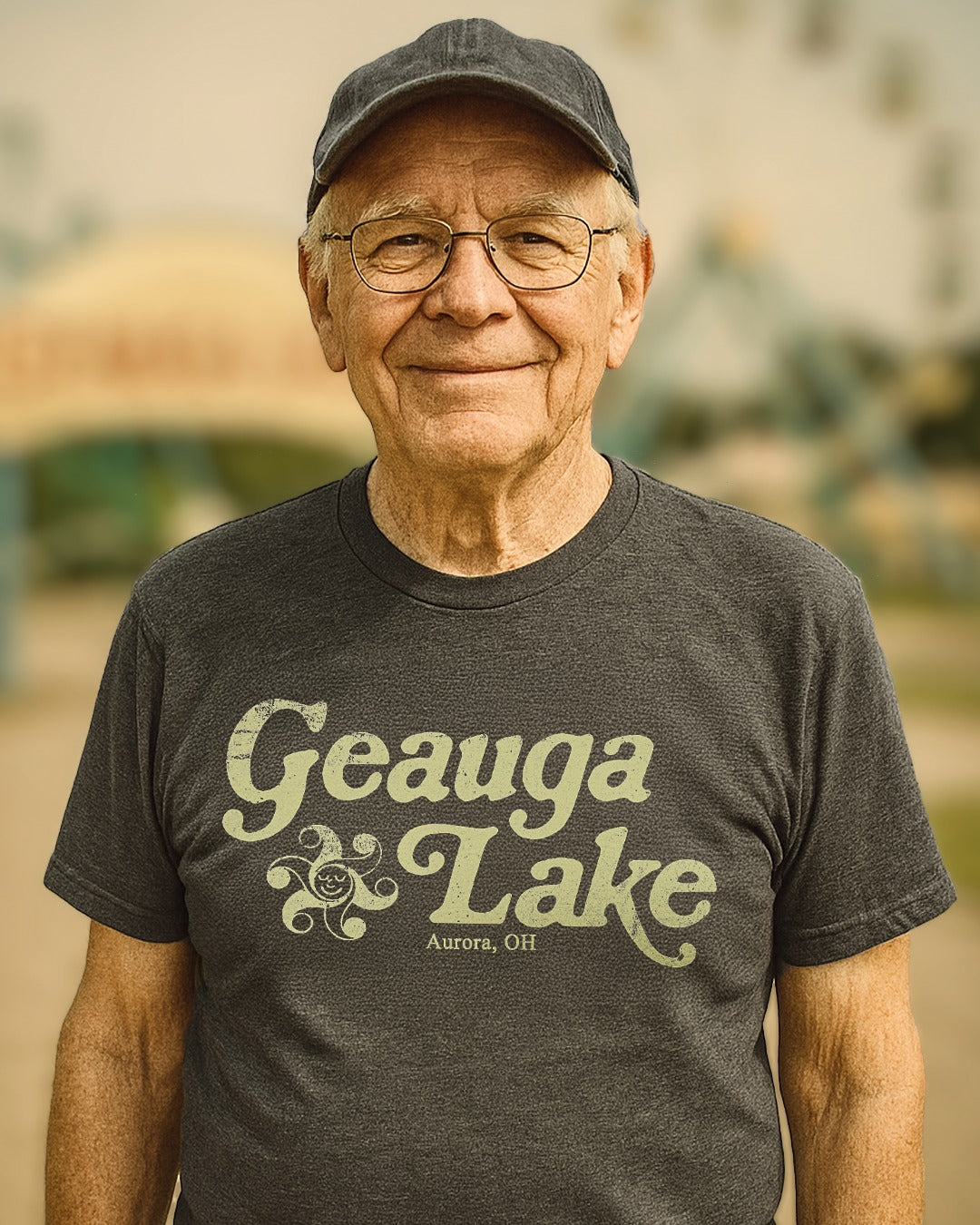Pro football history buffs in Ohio’s Miami Valley can tell you that Dayton was not only home to one of the charter members of what would become the NFL but also hosted the league’s first game.
The American Professional Football Conference was formed on August 20, 1920, in the showroom of the Jordan & Hupmobile auto dealership in Canton, Ohio. The four teams represented at that meeting were the Akron Pros, Canton Bulldogs, Cleveland Indians, and Dayton Triangles. The four teams were members of the Ohio League at the time but wanted to form a bigger circuit. The Triangles had been playing since 1913 and derived their name from Triangle Park, where they played their home games in a 5,000-seat stadium.

Triangle Park in Dayton, circa 1920.
A meeting a month later was attended by those four clubs as well as the Hammond Pros and Muncie Flyers from Indiana, the Rochester Jeffersons from New York, the Rock Island Independents, Decatur Staleys, and Racine Cardinals from Illinois. While apparently not present at either meeting, the Chicago Tigers, Columbus Panhandles, and Detroit Heralds also joined. Only the Staleys, now the Chicago Bears, and the Cardinals, now in Arizona, remain in the NFL.
At that second meeting, the league was renamed the American Professional Football Association. Many of the members, like the Triangles, had been playing professional football for years, some in regional leagues, others as independents. The AFPA was designed to bring order to pro football and allow these regional teams to easily schedule games against each other, as well as to eliminate bidding wars between teams for players.
On October 3, 1920, the league hosted its first game between two member teams as the Dayton Triangles hosted the Columbus Panhandles at Triangle Park in front of a reported 4,000 fans. After a scoreless first half, Dayton’s Lou Partlow plunged over the goal line from 7 yards out for what would be the winning score. In the fourth quarter, the Triangles’ Frank Bacon returned a punt 60 yards for a touchdown to make the final score 14-0.
Oddly, in the APFA’s first year, member franchises continued to play teams outside of the association. For example, on October 31, 1920, the Triangles met the Cincinnati Celts, who would join the APFA the following year but were not members at the time.
Along with the Celts in 1921, the league added seven more teams including the Green Bay Packers. In 1922, the APFA became the National Football League. Through the rest of the 1920s, teams came and went. The Triangles managed to hang on, though their on-field performance waned. After finishing 5-2-2 in 1920, they went 4-4-1 the following season and 4-3-1 in 1922, which would be their last winning campaign. After the 1927 season, unable to draw enough fans to Triangle Park, they became a road team. In July of 1930, the team was sold to a syndicate in Brooklyn led by Bill Dwyer and Jack Depler and renamed the Brooklyn Dodgers. Depler had been a player and coach with Orange (New Jersey) Tornadoes, who moved to Newark for the 1930 season.
Depler and Dwyer essentially bought the Triangles spot in the league, but most of the Dodgers’ players came from the Tornadoes. The NFL does not consider the Dodgers to be a continuation of the Triangles franchise, perhaps because of the way the team stocked its roster. However, the purchase of the Triangles, for $2500, allowed Dwyer and Depler to field the Dodgers in 1930.
The Dodgers, playing in Ebbets Field, lasted until the late 1940s. Some have tried to a draw a line from the Triangles to today’s Indianapolis Colts, but that connection becomes muddled starting with World War II.
Due to a shortage of players, the Dodgers who had become the Tigers in 1944, merged with the Boston Yanks for the 1945 season. In 1946, the Dodgers left the NFL for the new All-America Football Conference (AAFC). The Dodgers then owner, Dan Topping, had longed to play in Yankee Stadium, but the league, at the behest of the city’s other team, the Giants, forbade it. So, the Dodgers jumped to the new league (which featured a team called the Cleveland Browns), moved into Yankee Stadium, and became the New York Yankees.
Ironically, one the new league’s teams was called the Brooklyn Dodgers and played in Ebbets Field. During the AAFC’s final season, 1949, the (AAFC) Dodgers were absorbed by the Yankees. That same year, the Boston Yanks of the NFL became the New York Bulldogs. In 1950, they became the New York Yanks and moved into Yankee Stadium.
Also in 1950, three former AAFC teams joined the NFL: The Cleveland Browns, the San Francisco 49ers, and the Baltimore Colts (who lasted only one season). Players from the other four teams were divided among various NFL clubs, with the New York Giants and Yanks inheriting the former Yankees players. This is where any connection to the Triangles ends, as the Brooklyn Dodgers/Tigers/New York Yankees team was no more.
After the 1951 season, the Yanks were either sold back to the NFL, or the league canceled the franchise. Reports vary. A group of Dallas businessmen then bought the Yanks roster and other assets to form a new team called the Texans. That team lasted only one year in Dallas before the ownership group sold the franchise back to the league. It was then quickly sold to a group that started a new Baltimore Colts franchise. That team moved to Indianapolis in 1984 where they remain to this day.



